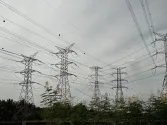
Migration trends affecting Tokyo’s residential market revealed
Tokyo 23W recorded a net inflow of 63,200 new residents between March and May 2025.
Net migration into the Tokyo 23W has reached record levels according to a recent Savills report, with a net inflow of 116,000 residents in 2024, and looks to remain elevated moving into 2025.
“In particular, Q2/2025 comprises the spring peak moving season of new residents seeking work and educational opportunities in Tokyo, which has supported robust net migration in 2025. That said, demographic trends differ by area, and migration flows are likely shaped by factors such as convenience and affordability,” the report said.
Here’s more from Savills:
Between March and May 2025, the Tokyo 23W recorded a net inflow of 63,200 new residents, which, albeit marginally lower than the same period in 2024, exceeds the figure over the same period in 2019, and is at an elevated level overall. That said, the C5W saw a notable decrease in net migration, with the net inflow of new residents falling by nearly half to 5,900 people between March and May 2025 compared to the same period in 2024.
On the other hand, more peripheral areas in Tokyo have experienced the opposite. For instance, net migration between March and May 2025 in the Outer North submarket increased by 19% compared to the same period in 2024, while net migration in the Outer East submarket exceeded last year’s figure by 8%. Meanwhile, the wider Tokyo prefecture excluding the 23W saw net migration figures increase by 9% over the same period.
A potential explanation may be that lofty rental increments over the past year and a relative scarcity of more affordable units are pricing some potential residents out of central areas, consequently generating greater interest in more reasonably priced units in more peripheral areas in the Tokyo 23W and the wider Tokyo prefecture. This is understandable given that net migration during the peak moving season comprises a large number of young workers and students, who likely have relatively modest budgets, and who are also dealing with historic inflation.
Meanwhile, the migration of foreign nationals remains elevated, with a net infl ow of 26,100 residents recorded between March and May 2025, and comprising over a third of total net migration. While less pronounced than the overall trend, the net infl ow of foreign nationals to the C5W between March and May 2025 fell by 17% relative to the same period in 2024. That said, net migration into the wider Tokyo 23W area and Tokyo prefecture increased moderately and remains elevated.
Overall, net migration should continue in earnest in Tokyo, and we anticipate that similarly large numbers of new residents will move to Tokyo in 2025, with foreign nationals likely to continue to comprise a large proportion. However, affordability concerns may increasingly incentivise residents to consider cheaper rental options outside of the central wards, potentially driving further demand and rental growth in peripheral submarkets in the 23W in addition.








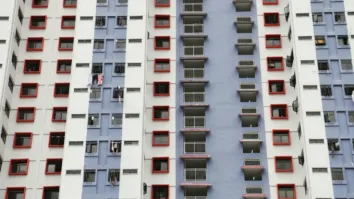





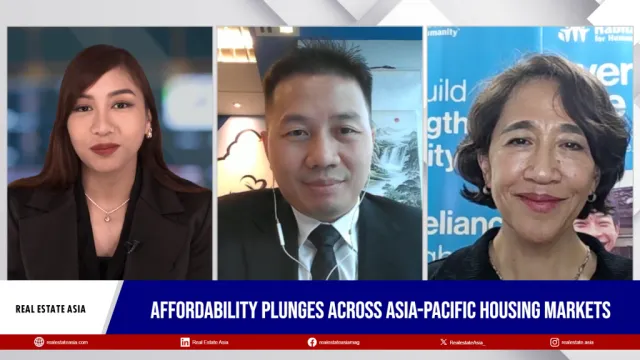

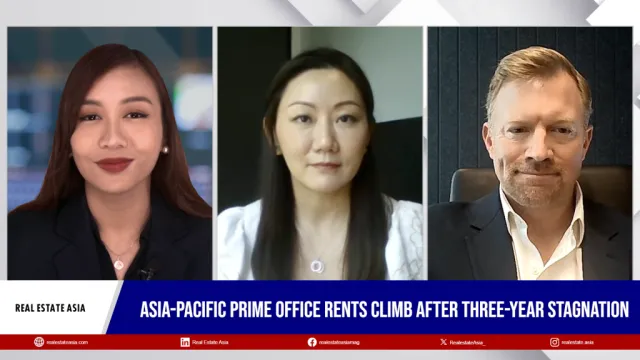
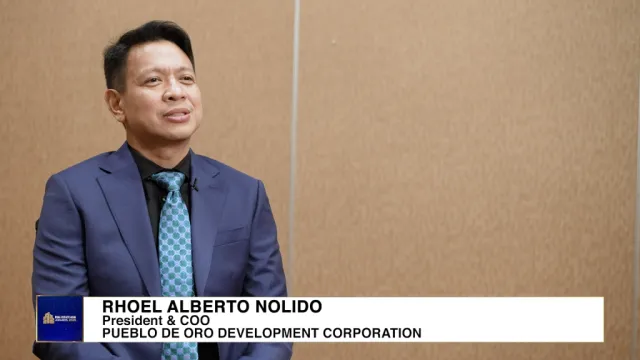

 Advertise
Advertise




